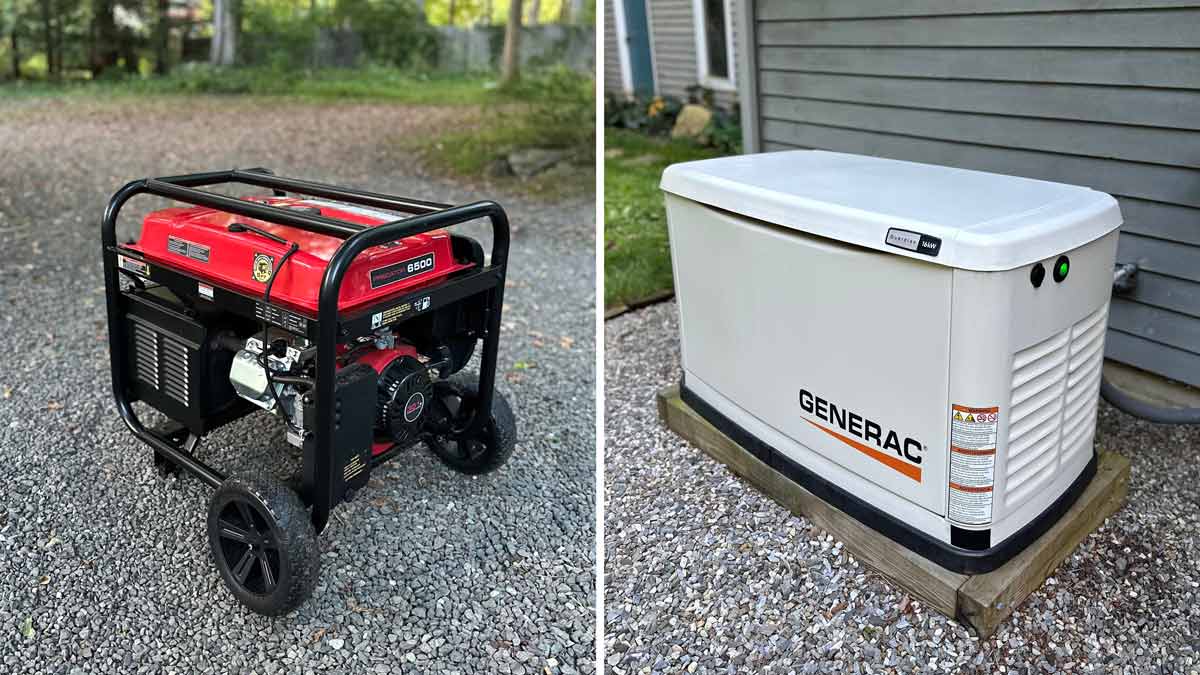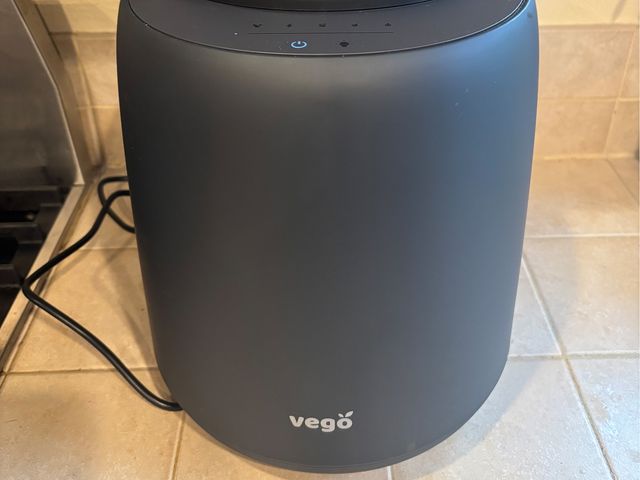
The portable models in our generator ratings run on gasoline, burning through 12 to 20 gallons per day, depending on the unit’s output and the load being powered. That means you’ll have to store a significant quantity of gasoline, start the generator manually, and refill it (when it’s off, to minimize fire danger) after running it for several hours.
An increasing number of models also run on liquid propane, the fuel many homeowners use for barbecue grills and other appliances. Of the 37 conventional generators in our ratings, 12 can work on both gas and propane. Among the 44 inverter models in our ratings, 12 can also run on propane.
That gives you another fuel option when gas stations may not be operating at full capacity in the aftermath of a storm. Propane has the additional advantage of not clogging up the fuel lines or the carburetor when the unit is in storage for a while.
A whole-house generator, also called a standby or stationary generator, is permanently installed outside by a pro and has an insulated cover that helps to protect it from the weather and keeps it relatively quiet. It kicks on automatically when the lights go out and can power everything in your home at once. It can operate for days or even weeks on a full whole-house propane tank or indefinitely in the case of natural gas.
“Home standby generators are expensive, but they’re the gold standard in backup power, and they outperform all other types of generators in our ratings,” says Paolo Fu, who leads generator testing at Consumer Reports. “If you can afford it, I’d tell you to pick a home standby generator every time.”
But far more people choose portable generators for a simple reason: price. Here, we explain the pros and cons of each type of generator. Our buying guide offers deeper insights. CR members can read on for ratings and reviews of the top three models in each of the two categories. For more choices, browse our extensive generator ratings.









